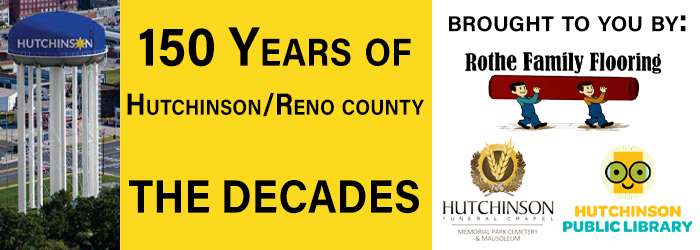
As we celebrate the 150th birthday of Hutchinson and Reno County, we want to go through the years, decade by decade, to see how things have changed and — remarkably — how they have stayed the same. This would not be possible without the efforts of Steve Harmon, the Reno County Museum, and the Hutchinson Public Library, who have made a great effort to supply us with the information and photos that you’ll see in this 15-part series. We hope you enjoy it.
We invite you to help us with this trip down memory lane. If you have specific memories of our city or county's growth since the 1960s, or have photos you'd like to share, send them to [email protected].
World War II was upon us and, once again, Reno County does its part serving the country. A new way to enjoy motion pictures begins to crop up around the county and the home of the Blue Dragons and Salthawks is born.
1940: One of the great annual events still to this day in Reno County, the Pretty Prairie Rodeo becomes an annual professional event.
The home of the Blue Dragons and Salthawks becomes a reality as Gowans Stadium is built on the HutchCC Campus.
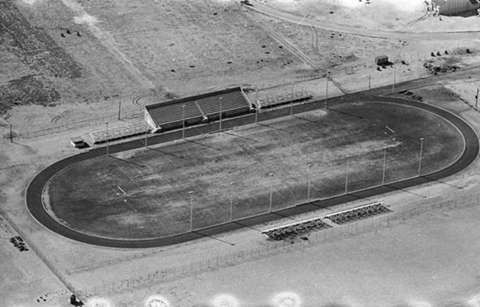
The National Guard is mobilized in Hutchinson as the war in Europe escalates.

The new post office is dedicated in the city.
Walter Schellenberger is elected president of the Hutchinson Red Cross. The agency would play a big part in WWII.
Leo Collingwood of Collingwood Grain is killed in an elevator accident.
More than 8,000 Reno County men registered for the draft, 36 applied for service.
The first Reno County men leave for service in WWII at Ft. Leavenworth. They are Charles Erker, Clare Conover and Nathaniel Lockett.
The local National Guard mobilizes at the Kansas state fairgrounds to go to war.
1941: The Civilian Defense council is established in Reno County.
Seven boys are indicted at Hutchinson High School after they are caught selling counterfeit coins for coin-operated games.
Cow Creek floods once again as a levee gives way. Residents are told to boil water before drinking.
More than 125,000 attend the Prairie Pow Wow, which is a multi-day event that brings executives of large companies and dignitaries to the party.
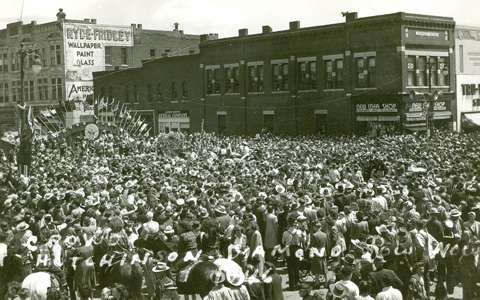
More than 330 men board a train for Arkansas when the 35th Division is mobilized. Women and Wives of the 35th Division organization is established.
The 1941 Farm and Home event fills up the Convention Center with music and entertainment.
The city of Hutchinson celebrates its 70th birthday with a three-day event in April.
The first war salvage drive in the county is held by the Junior Chamber of Commerce to collect aluminum for the war effort.
The boys work committee of the YMCA recommends fees be dropped and boys be given free membership.
Another major flood hit the area in October.
Dec. 7, 1941 — Eight Reno County soldiers are killed in the surprise attack on Pearl Harbor:
Harold Kagarice: USS Arizona
Harold Bates: USS Oklahoma
Robert E. Clark: Member of anti-aircraft unit.
Camillus O’ Grady: Yeoman on an unidentified battleship.
James H. Stucky: Firefighter
Stephan Stucky: Water tender and brother of James.
Everett Windle: USS Oklahoma
William Ellis: USS Arizona
Nine others survive the attack. They are:
Leo Applegate — Ship Fitter — USS Medusa — Survivor
H.A. Bisbee — Flight Engineer — Survivor
William Downing — Private First Class — Schofield Barracks — Survivor
Edgar Kentfield Jr. — Chief Petty Officer — Survivor
Walt McCandless — Chief Mechanics Mate Ammunitions Ship — Survivor
James Ragsdale — Chief Petty Officer — USS Worden — Survivor
Joaquin “John” Santos — Cook — USS Nevada — Survivor
Carl Zimmerman — Mechanics Mate — USS Honolulu — Survivor
Gregory Zimmerman — Sargent Schofield Barracks — Survivor
Edgar Kentfield Jr. was the last survivor of Pearl Harbor alive in Hutchinson when he died Aug. 11, 2015.

1942: Cessna begins to build a factory in Hutchinson. The facility is built in just 69 days and eventually is used to build gliders that would be used in the D-Day invasion.
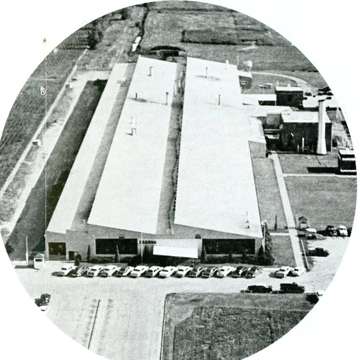
A Hutchinson girl marries her sweetheart by telephone. He is stationed in California.
The governor proposes building a new training facility near Yoder. Pilots begin training in the area even before the naval air base is finished. The Hutchinson Airport is used for training, the state fairgrounds are used for housing and an office at the First National Bank is used for headquarters.
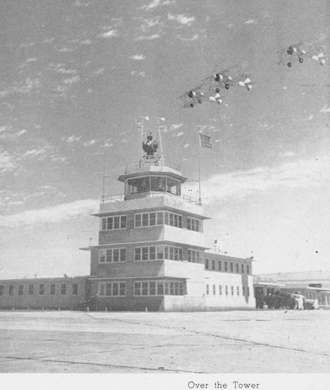
Reno County collects more than 2,600 pounds of scrap metal for the war effort.
Hutchinson and Reno County experience the first blackouts as part of the wartime air defense system.
Citizens are called on to volunteer as air raid wardens. More than 1,200 volunteer their service to the effort.
Melvan Zumwalt of Hutchison becomes the 1,000th naval recruit in the city.
Nov. 5 was the day the first naval recruits arrived at the new naval air base near Yoder.
USO is opened in Hutchinson.
1943: The co-ed volunteers organization of Hutchinson sells more than $429,000 worth of war bonds.
The Red Cross raises more than $53,000 for the war effort.
Hutchinson population tops 33,700.
The Hutchinson community buys more than $2.8 million in war bonds in 1943.
On March 10, all of the city churches gather together at the Fox Theatre for a community church service to open the season of Lent.
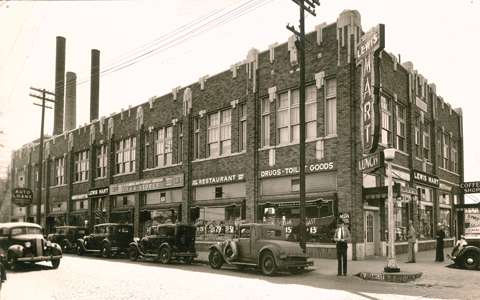
The city commission grants a franchise agreement to McVey Brothers for a motor bus service system.
A special vote on a $2 million bond issue for a new municipal building is voted down by the public.
The navy patrol frigate USS Hutchinson is dedicated. The vessel did see combat during WWII.
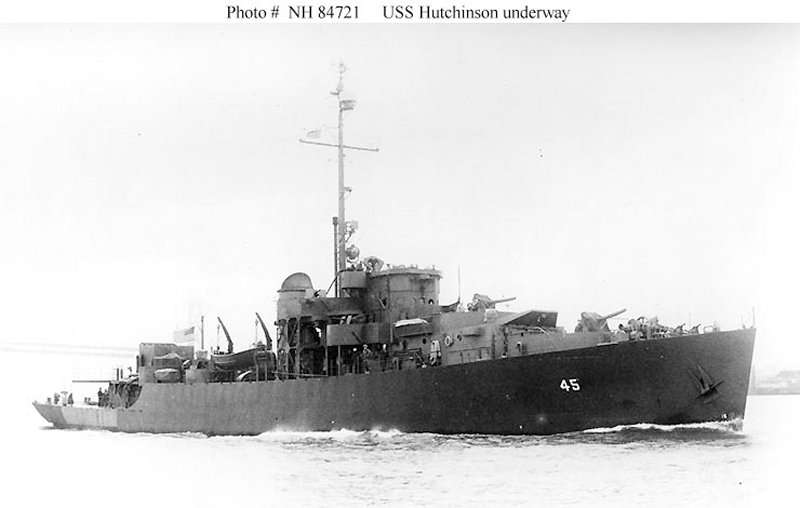
Nickerson native Howard Randall downs 12 enemy planes as a tail gunner on a B-17 during WWII.
Two crewmen are killed when a naval training plane crashes near Rayl's Hill.
Five children die from infantile paralysis. Sixty more are hospitalized and facilities are closed to children under age 16. The start of school is delayed.
With the naval air base, school enrollment in the area jumps by 1,000 students in a single year.
Wendell Godwin replaces longtime superintendent of schools J.W. Gowans.
Sherman Jr. High School students are recognized for buying more than $20,000 worth of war bonds.
1944: More than $5 million in war bonds are sold.
More than 85 tons of scrap paper are collected in Reno County as part of the war effort.
The Nickerson water supply is declared unsafe. Citizens are told to boil water.

Women’s groups serve sandwiches and cookies to service men passing through on trains.
A severe housing shortage occurs in Hutchinson and surrounding cities as the naval air base expands.
The Hutchinson Red Cross makes kit bags for more than 6,000 service men. They also make more than 690,000 wound dressings for the armed forces.
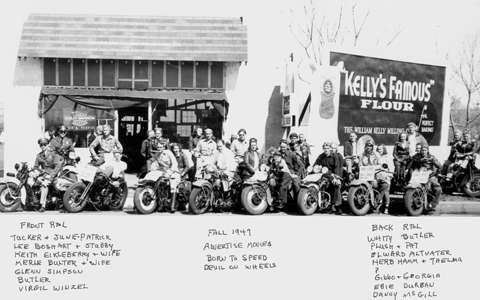
PFC Earl Morris is taken prisoner during the Battle of the Bulge. It’s the last major offensive of the German army. The war is nearing its end.
1945: German POWs are housed at the fairgrounds.
World War II ends. In Reno County, 8,000 men and women serve, 325 die and another 223 are decorated for their service.
Gus Leonida personally sold more than $10 million worth of war bonds.
The Hutchinson mayor takes over the police department when the chief is relieved of duty.

Reno County population tops 50,000.
The city commission begins plans for a flood control project for $3.3 million. The project is led by the army corps of engineers and the city’s share of the project is $1.2 million. The project includes more than 27 miles of levees and a 200-foot-wide drainage canal.
Annual chamber membership grows by 105 members.
In four years, Hutchinson residents purchased more than $23 million in war bonds.
Charles Carey is named president of Central Fibre Products.

Laiten Weed of Langdon is part of the band aboard the USS Yorktown in Tokyo Bay when Japan signs the surrender, ending the war in the Pacific.
The 130th artillery unit returns to Hutchinson from WWII. Only 31 of the 300 mobilized in Hutchinson are left.
The Hutchinson Red Cross sends out 11,000 Christmas boxes to troops still in Europe.
1946: Citizens approve a $1.3 million bond issue for school improvements.
Infantile paralysis hits the area again, sending 109 to the hospital.
In probably one of the biggest celebrations of its time in the city, the annual Pow Wow celebrates Hutchison's diamond birthday. More than 3,000 sway to Sammy Kaye and Hutchinson Celebrates for four days. President Harry S. Truman sends a letter to Hutchinson. The party is covered by Life Magazine.

James Rexroad tries Nazi criminals in Germany following WWII.
Kansas Flying Farmers hold fly-in at airport. Two planes, including a B-29, bring fresh fruit to the area from California.
Still serving youth and adults today, the Hutchinson Recreation Commission is formed.
1947: The Freedom train comes to the Kansas state fairgrounds. More than 50,000 pass through the train in one day. The arrival kicks off a long celebration of patriotism. A large parade is held to help celebrate.
A reunion of the 35th Division is held at the fairgrounds. The BBQ committee includes Ray Dillon and Don Shaffer.
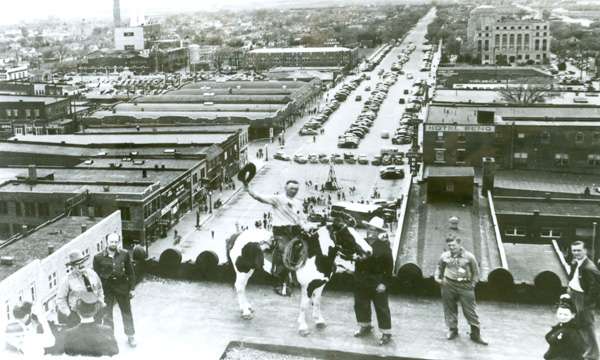
The Trinity Methodist Church holds a special celebration to burn the mortgage on their church.
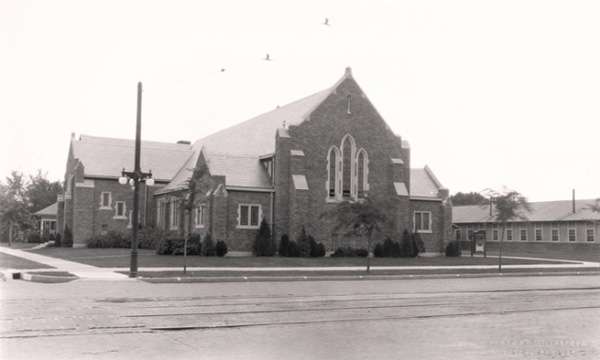
After serving troops and others during WWII, the USO closes in Hutchinson.
The City of Hutchinson establishes the city commission form of government with a city manager.
Reno County farmer C.W. Rowland plants corn on his farm for the 70th consecutive year.

The Bisonte Hotel is turned into the new clubhouse for the American Legion. The hotel would be gone less than 15 years later.
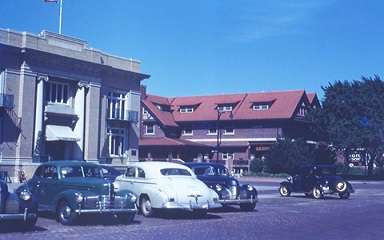
1948: The NJCAA basketball tournament comes to Hutchinson. Games are played in the Convention Center.
A wind storm hits Hutchinson, causing significant damage. The storm destroys every building in the town of Nickerson.
The new Hutchinson Public Library opens in the city with room for more than 46,000 books at a cost of $321,000.
A bond is approved for the Convention Center to help renovate the facility for both events and as an auditorium.
The Iris Drive-In, sometimes called the Airport Drive-in, opened in July 1948. The first feature was the 1946 comedy “A Night in Casablanca” starring the Marx Brothers.
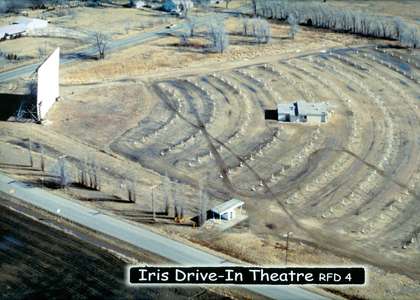
Violence erupts during a strike at Hutchinson Bag Company. Bombs explode on the roof, gas mains and electrical lines are cut, and brick and acid bottles are thrown through windows at workers who don’t strike.
1949: Another gem of the area that still stands today, Bud Detter Field, was built in Carey Park.
Riversbanks Orchards is destroyed in an early freeze. A parcel of land eventually becomes part of the Dillon Nature Center. (NOTE: The exact year this happened is unclear. It may have happened earlier.)

Progress continues on the flood control project, but it would be after the Korean War before it is completed. When finished, the flood control system would protect more than $200 million worth of vital industry in Hutchinson.
Westside Baptist Church is established at 12th and Madison.
The National Guard drops bombs onto Cow Creek to break up an ice jam.
Federal rent controls are lifted in South Hutchinson, the rest of the county soon follows.
Hutchinson begins a city-run trash and garbage service.
Regular gasoline hits $0.16 per gallon.
A rare fall tornado causes heavy damage in Arlington.
The post office reminds citizens of a $0.02 stamp that is needed for all Christmas cards.
The Decades are brought to you by:
Hutchinson Funeral Chapel
Rothe Family Flooring
Hutchinson Public Library
Check back next Sunday for the next part in this series.
CLICK HERE FOR THE 1870s
CLICK HERE FOR THE 1880s
CLICK HERE FOR THE 1890s
CLICK HERE FOR THE 1900s
CLICK HERE FOR THE 1910s
CLICK HERE FOR THE 1920s
CLICK HERE FOR THE 1930s
CLICK HERE to download the Hutch Post mobile app.
CLICK HERE to sign up for the daily Hutch Post email news update.





